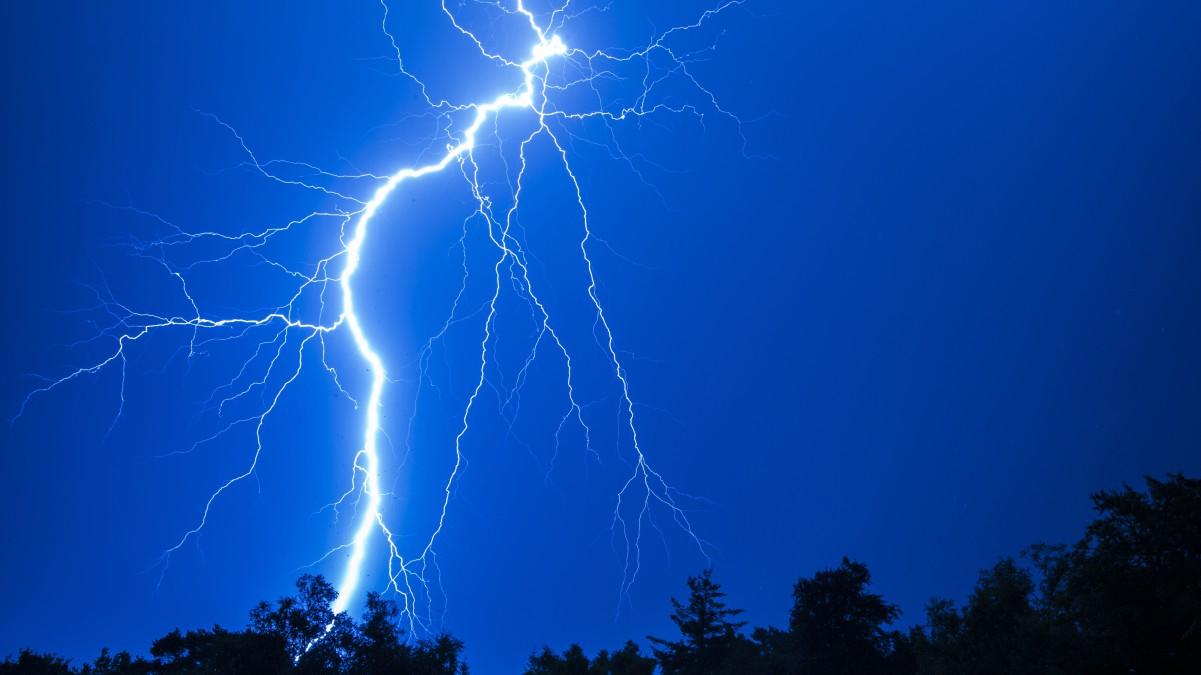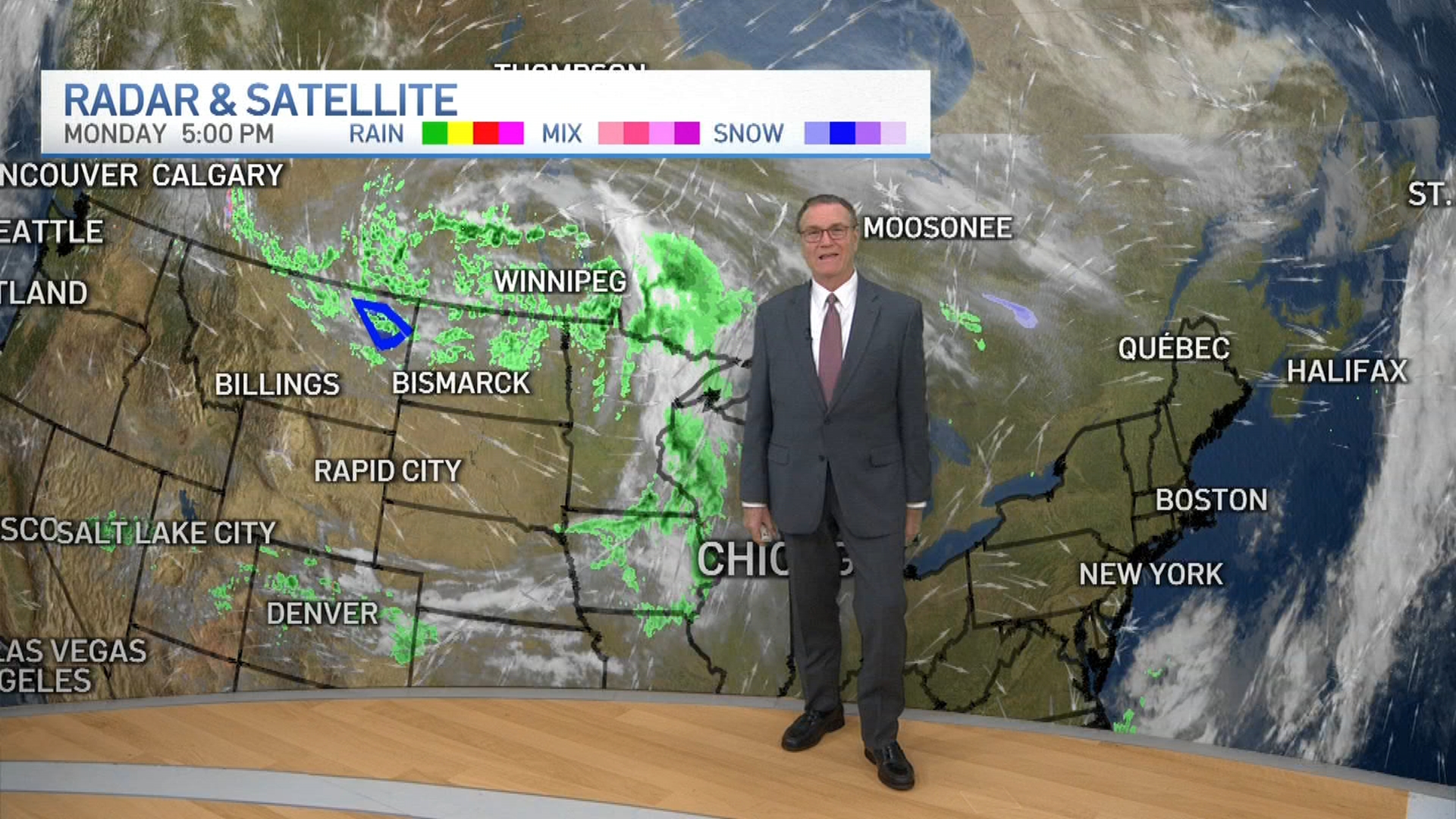A rare lunar trifecta will soon be visible in the night sky, but will the Chicago area be able to see it?
On Wednesday, much of the world will get to see not only a blue moon and a supermoon, but also a total lunar eclipse, all rolled into one. There hasn't been a triple lineup like this since 1982 and the next won't occur until 2037.
The eclipse begins at 4:51 a.m. CT with the totality beginning at 6:51 a.m., just before the moon is expected to set in Chicago.
Moonset time for the city is expected to be at 7:06 a.m. CT while the greatest eclipse will occur at 7:29 a.m.
Totality will last more than an hour.
According to the National Weather Service, the best time for viewing in the Chicago area is betwen 6:15 a.m. and 6:30 a.m. CT.
Even though the event will be partially visible in northern Illinois, a cloudy forecast Tuesday night and into Wednesday morning could make it challenging to see, but not impossible.
Clouds are expected to break periodically in some spots, which could make the moon visible for some across the area.
Weather
The eclipse will be visible best in the western half of the U.S. and Canada before the moon sets early Wednesday morning, and across the Pacific into Asia as the moon rises Wednesday night into Thursday.
The U.S. East Coast will be out of luck; the moon will be setting just as the eclipse gets started. Europe and most of Africa and South America also will pretty much miss the show.
For those who can't see it in the sky themselves, NASA plans to provide a live stream of the moon from telescopes in California and Arizona, beginning at 4:30 a.m. CT.
A blue moon is the second full moon in a month. A supermoon is a particularly close full or new moon, appearing somewhat brighter and bigger. A total lunar eclipse — or blood moon for its reddish tinge — has the moon completely bathed in Earth's shadow.
"I'm calling it the Super Bowl of moons," lunar scientist Noah Petro said Monday from NASA's Goddard Space Flight Center in Greenbelt, Maryland.
Others prefer "super blue blood moon."
Either way, it's guaranteed to impress, provided the skies are clear.



